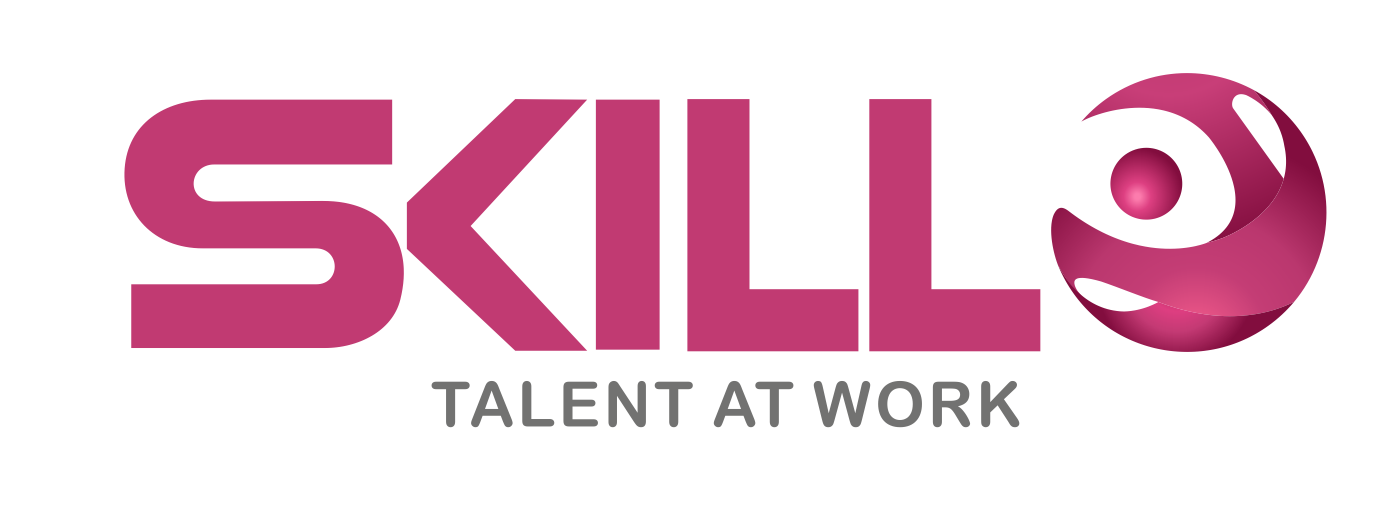
Amidst the transformative journey from the 2008 financial crisis to the present challenges of 2023, businesses have been met with distinct economic landscapes, requiring them to adapt their workforce strategies to thrive amidst evolving uncertainties. This analysis delves into the events of both periods and examines the evolution of recruitment practices during this time.
The 2008 Recession
The 2008 recession brought about immense difficulties for businesses, as they were forced to face a dramatic economic downturn. This resulted in widespread layoffs, strict cost-cutting measures, and a re-evaluation of traditional workforce structures. As companies struggled to navigate this uncertain landscape, the recruitment industry experienced a significant transformation. The main focus was on reducing costs, leading to a cautious approach towards hiring and a heightened emphasis on retaining key talent. Recruiters during the 2008 recession had the challenging task of managing layoffs while strategically retaining core talent. The focus was on maintaining business continuity with a reduced workforce, often resulting in a cautious approach to hiring new employees.
The evolution to 2023
Jumping ahead to the year 2023, the corporate world experienced a whirlwind of obstacles, ranging from major global disruptions to groundbreaking technological advancements, all while still grappling with the aftermath of the devastating COVID-19 pandemic. As a result, recruitment strategies had to swiftly adjust to embrace the new normal of remote work and incorporate initiatives for reskilling employees and promoting sustainability and inclusivity. In this fast-evolving environment, recruiters had to navigate the complexities of hiring in a digital age and prioritize fostering a culture of continuous learning through reskilling and upskilling programs. Additionally, companies recognized the critical role of sustainable and inclusive practices in attracting top talent and fostering a culture of innovation.
Technology Integration:
The aftermath of the 2008 recession prompted initial forays into technology adoption, but the shift was gradual. Technology integration is now central to workforce strategies, with the widespread use of workforce management systems, artificial intelligence, and data analytics. Recruiters leverage technology to optimize staffing levels, enhance efficiency, and make informed decisions.
Remote Work Dynamics:
In 2008, Remote work was not a prevalent practice, and the recession focused more on cost-cutting measures. The challenges of 2023 brought forth a paradigm shift, with remote work becoming not only feasible but advantageous. Recruiters adapted by incorporating remote work options into their talent acquisition strategies.
Reskilling and Upskilling Initiatives:
In 2008, Post-recession, businesses recognized the value of talent development programs. In 2023, Reskilling and upskilling initiatives gained prominence as recruiters focused on building a skilled and adaptable workforce capable of navigating evolving job roles.
Conclusion:
From the cautionary aftermath of the 2008 recession to the multifaceted challenges of 2023, workforce strategies have continually evolved. Recruiters have adapted by integrating technology, embracing remote work, and prioritizing reskilling initiatives. The recruitment landscape reflects a commitment to creating sustainable, inclusive, and future-ready organizations capable of navigating the complexities of the ever-changing economic landscape.
